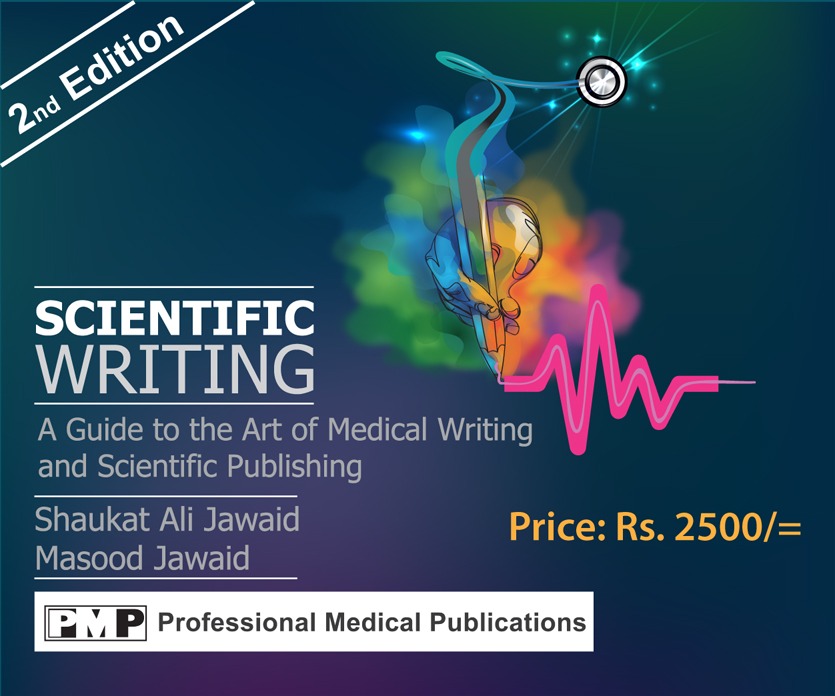Reflections and Observations from Visit to China-1
By Shaukat Ali Jawaid
The Chinese modern history begins with the start of Opium War between China and Great Britain in 1840. This resulted in unequal treaties with the result that Western countries were able to strip China of its numerous resources. In the late 19th century Western incursions in China increased. As a result whatever concession was given to one Nation was available to all. Following their example in Africa, Western countries increased their influence and managed to acquire more powers. As a matter of fact China lost its sovereignty. Western countries had also assumed control of China’s Customs revenue and they were also able to fix their own tariffs and taxes. China lost control of Macau and Hong Kong and the Old Summer Palace was burned by Anglo French forces in 1860.

Later on numerous movements started throughout China in different forms. In 1919 the May Fourth Movement started from universities wherein the students protested China’s weakness at the hands of different warlords and Western Imperialist forces. With China’s defeat in the Sino Japanese War of 1895 the reformists got an impetus Chinese Communist Party was established in Shanghai in 1921. It was in 1924 that both nationalists and communist party established a united front to tackle the rule of warlords. In 1927 the Nationalist formed the government lead by Chiang Kai Shek.
In 1931 Imperialist Japanese forces launched an offensive and went for invasion of North East China. In 1937, Japanese started a major invasion which lead to an all-out war. Faced with the Japanese onslaught the Nationalists and Communists once again formed a united front against the common enemy. After Japanese defeat in the Second World War civil war broke out between the nationalists and communists. The Nationalists were defeated and retreated from the mainland to Taiwan. The Republic of China was established in 1949.
Traditional Chinese Medicine
The Traditional Chinese Medicine has made tremendous progress over a thousand years of its practical experience and observations. As against Western Medicine which aims at curing the specific diseases, TCM aims at healing the body as a whole. Different studies on TCM are spread over two thousand years. It is said that during Han Dynasty there were various advances in medical studies during three Kingdom some of the doctors made enormous contributions in TCM. Through careful observations and studies, Hua Tau was able to discover numerous medicinal herbs. He even managed to prepare an anesthetic mixture which enabled him to perform surgeries. He also made use of acupuncture points. He is credited to have promoted the concept of active lifestyle and used to prescribe modern exercises which he believed was the way to remain healthy.
Compendium of Materia Medica was compiled by Li Shizhen during Ming Dynasty. It listed the use of thousands of herbs. This book became popular as a reference guide for Traditional Chinese Medicine as it explained the functions of each and every medicinal herb. Traditional Chinese Medicine doctors examine patients by examining the whole body and not the symptoms or illnesses from which the patients suffer. They make diagnosis based on the patients pulse, voice as well as mental state besides the presenting complaints and physical discomforts. At present numerous studies are under way and some have also been published combining the western medicine and Traditional Chinese Medicine showing that this combination is much more effective.
Note: Mr. Shaukat Ali Jawaid spent a week in China from March 20th to 28th which was his 5th visit to China starting with his first visit in 1985.



